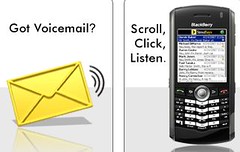Zabaware Wins Loebner Prize for Artificial Intelligence
/It is one thing to talk to your computer it is quite another to have a conversation where you are exchanging information and the computer learns and utilizes the information in the future. Zabaware’s Ultra Hal technology and its associated brain are currently doing just that. The software can give your computer a personality using AI technology, speech recognition technology, and real-time animation. It can be used as an entertainment program, a companion, or an office assistant. It learns from conversations and evolves and improves the more it talks with a person. In addition to chat it can perform useful functions such as remembering and reminding of appointments, keeping an address book, dialing phone numbers, launching program, and more.






